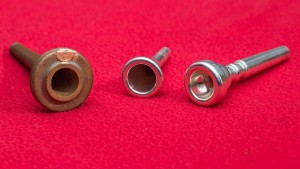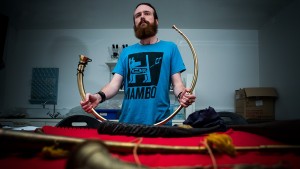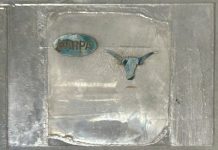Additive manufacturing or 3D printing has managed to transform numerous industrial sectors and play its part in moulding our future. Now, 3D printing has even managed to change history, in a matter of speaking.

Image credit: Stuart Hay, ANU
With the help of 3D printing, Billy Ó Foghlú, an archaeologist from the Australian National University (ANU) has managed to prove that an iron-age artefact may have been a mouthpiece from an iron age horn and not a spearbutt as was previously thought.
The Conical Spear Butt of Navan is an Irish artefact that was found in the 1900s and was thought to be a weapon and a tool. Thanks to 3D printing, the artefact has now been reclassified.
Mr Ó Foghlú couldn’t get access to the original instrument so he used the exact measurements of the artefact to make a replica using 3D-printing.
With the help of a 3D printing service provider in Sydney, Mr Ó Foghlú 3D printed the mouthpiece in bronze and once he used the replica artefact as a mouthpiece, the ancient Irish horn “had a richer, more velvety tone”.

Image credit: Stuart Hay, ANU
“Suddenly the instrument came to life,” said PhD student Mr Ó Foghlú.
“These horns were not just hunting horns or noisemakers. They were very carefully constructed and repaired, they were played for hours. Music clearly had a very significant role in the culture.”
Complex bronze-age and iron-age horns have been found all over Europe, especially in Scandinavia, but the lack of mouthpieces in Ireland had scientists convinced that the Irish music scene had drifted into a musical dark age.
Mr Ó Foghlú was convinced mouthpieces had existed in Ireland, and was intrigued by the Conical Spearbutt of Navan.
“A number of instruments have been found buried in bogs. The ritual killing of an instrument and depositing it in a burial site shows the full significance of it in the culture,” he said.
“Tutankhamen also had trumpets buried with him in Egypt. Contemporary horns were also buried in Scandinavia, Scotland and mainland Europe: they all had integral mouthpieces too.”
The research is published in Emania.



















